Three-banger Buick's Fuel Economy Released

It’s the news you were waiting for on a Friday afternoon. After General Motors provided a fuel economy estimate of its own, the EPA has now carved the upcoming Buick Encore GX’s gas mileage into stone.
So, what can the tiny engines found in this small crossover do for pump-averse buyers?
If you’re not buying the larger of the two mills, not all that much, apparently. Buick’s Encore GX, which splits the size difference between the Encore and Envision, employs a 1.2-liter and 1.3-liter turbo three-cylinder shared with its (still unrated) Chevrolet Trailblazer sibling.
Power from both engines travels through a continuously variable automatic for front-drivers, or a nine-speed automatic in 1.3L/all-wheel drive spec. There’s no four-wheel motivation for the base engine.
While GM’s estimate of “up to 31 mpg combined” certainly came true, it’s only achievable with the larger of the two engines, in FWD form. There, the Encore GX returns 30 mpg city, 32 mpg highway, and 31 mpg combined, according to the EPA.
Add AWD, and the rating sinks to 26 city/29 highway/28 combined. In comparison, those combined figures are a 4 mpg improvement over a FWD Encore and a 2 mpg bump over the AWD version. A win for Buick GX buyers, considering the Encore GX’s additional cargo room and power (1.2L versions make 137 horsepower and 166 lb-ft; 1.3L models generate 155 hp and 175 lb-ft).
It’s worth noting that the 1.3L makes the same ponies as the last 3.1-liter Buick Century, less 20 lb-ft. In modern times, the regular Encore’s larger, 1.4-liter four-cylinder makes the same 138 hp and 148 lb-ft as before.
Buyers looking to get into an Encore GX as cheaply as possible — and many might, seeing as it’s priced so close to the Encore — won’t see as big of a fuel economy boost. The 1.2-liter earns a rating of 26 city/30 highway/28 combined, which is up just 1 mpg on the FWD Encore in city and combined driving.
The tweener Encore GX hits Buick retailers this spring.
[Images: General Motors]

More by Steph Willems
Latest Car Reviews
Read moreLatest Product Reviews
Read moreRecent Comments
- 3SpeedAutomatic Nope....
- Bd2 Looking forward to flooding the rental lots with Hyundai and Kia models, this is just one obstacle now eliminated.
- Kcflyer keep the color. lose the stupid front design. make it reliable, at least as reliable as a base 911. Then and only then is it somewhat worthy of that price.
- FreedMike I'm not sure why anyone would choose this over an A8 or S-class.
- FreedMike I think the manufacturers who are discontinuing affordable small and midsize cars in favor of more expensive crossovers (that are built on the same platforms and use the same mechanicals as said small and midsize cars) may well live to rue that decision. Having said that, though, at least GM is offering decent entry level stuff beyond the Malibu, so good for them.



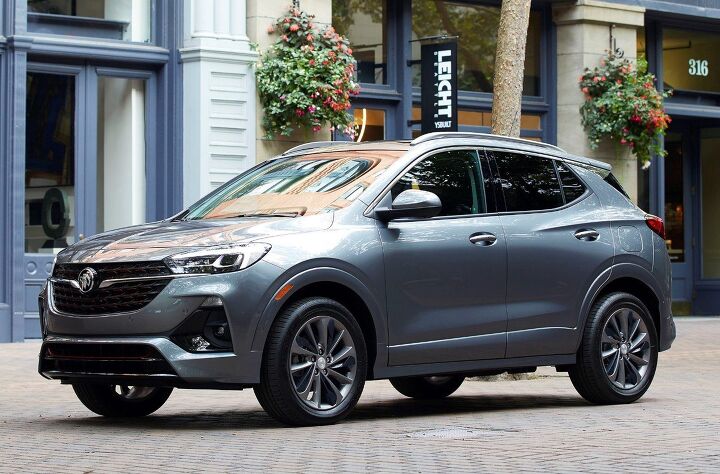














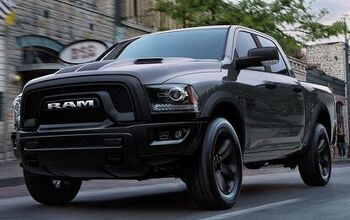


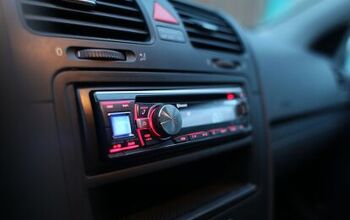
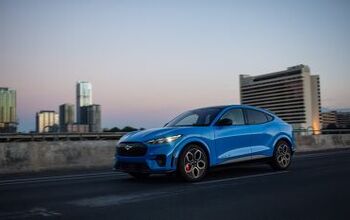
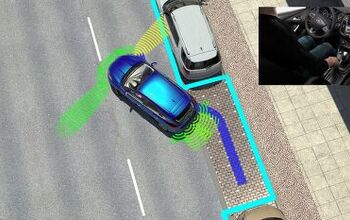

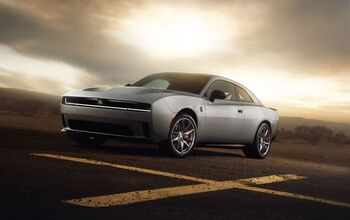
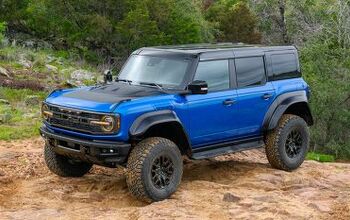
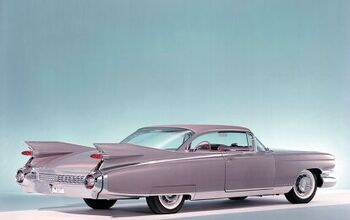
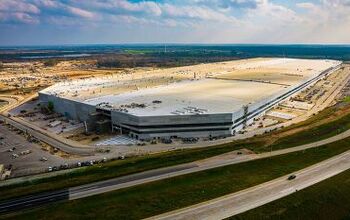

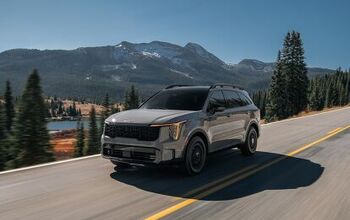
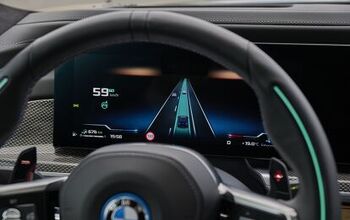


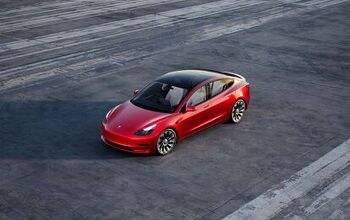

Comments
Join the conversation
2020 marks the start of Malaise era II and these silly drivetrains are just one of numerous reasons for this. Comparing the 1.3T to a 90's derived 3100 ignores the fact that with 25 years of so called progress the engine does indeed shrink in size and cylinder count but power and fuel economy in a similar weight vehicle has barely improved as 30-32 highway MPG was easily obtained with a W-body with the 3100/3800 or even the full sized G/H body cars with the same 3.8 motor. Torque also suffers, especially when speaking of the larger engine that made up to 230 LBS FT and low obtainable RPM's.
A 3cyl Buick. My father is rolling over in his grave.